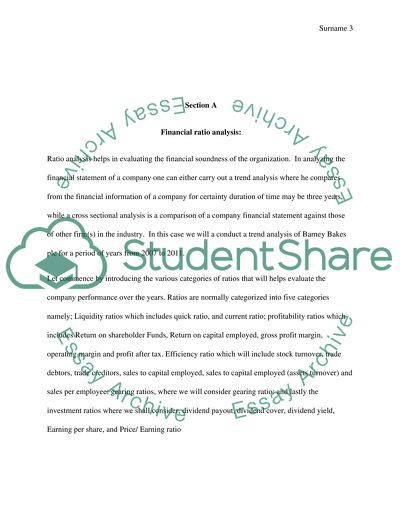Cite this document
(“Managing Finance: Financial ratio analysis Coursework”, n.d.)
Retrieved from https://studentshare.org/finance-accounting/1398248-managing-finance
Retrieved from https://studentshare.org/finance-accounting/1398248-managing-finance
(Managing Finance: Financial Ratio Analysis Coursework)
https://studentshare.org/finance-accounting/1398248-managing-finance.
https://studentshare.org/finance-accounting/1398248-managing-finance.
“Managing Finance: Financial Ratio Analysis Coursework”, n.d. https://studentshare.org/finance-accounting/1398248-managing-finance.


